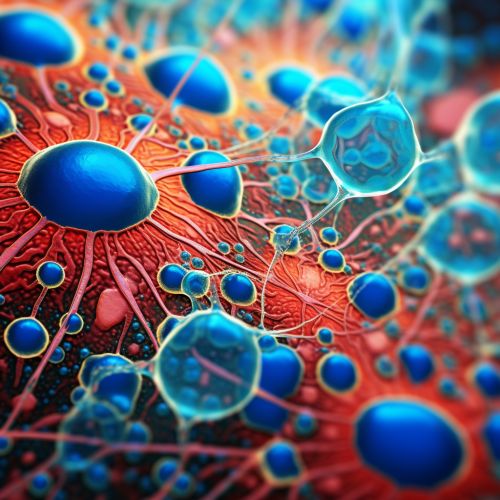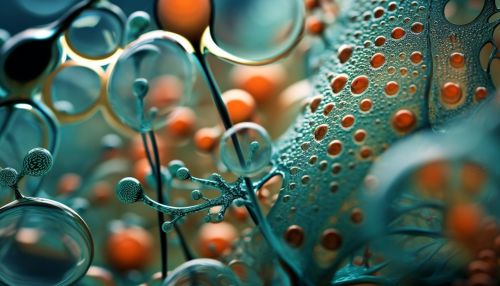The Biochemistry of Cellular Respiration
Introduction
Cellular respiration is a set of metabolic reactions and processes that take place in the cells of organisms to convert biochemical energy from nutrients into adenosine triphosphate (ATP), and then release waste products. The reactions involved in respiration are catabolic reactions, which break down large molecules into smaller ones, releasing energy in the process as they break high-energy bonds. Respiration is one of the key ways a cell gains useful energy to fuel cellular activity. Metabolic reactions are organized into metabolic pathways, in which one chemical is transformed through a series of steps into another chemical, by a sequence of enzymes.
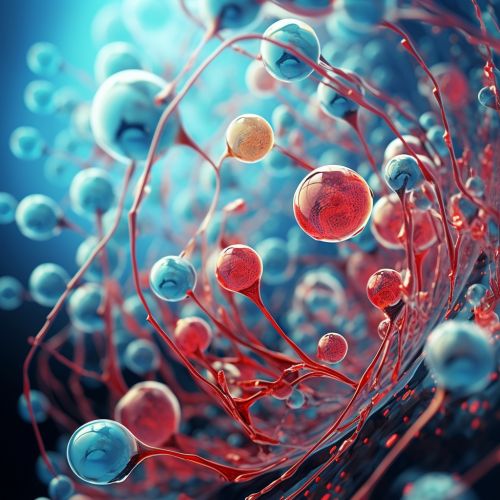
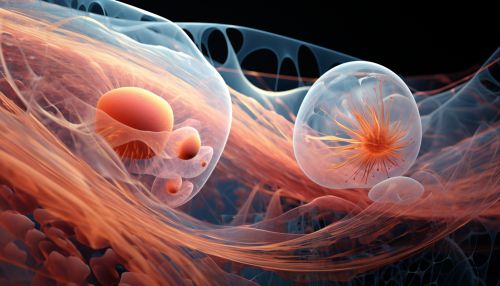
Biochemical Pathways of Cellular Respiration
Cellular respiration involves three main stages: glycolysis, the Krebs cycle, and the electron transport chain.
Glycolysis
Glycolysis is the metabolic pathway that converts glucose C6H12O6, into pyruvate, CH3COCOO− + H+. The free energy released in this process is used to form the high-energy molecules ATP (adenosine triphosphate) and NADH (reduced nicotinamide adenine dinucleotide).
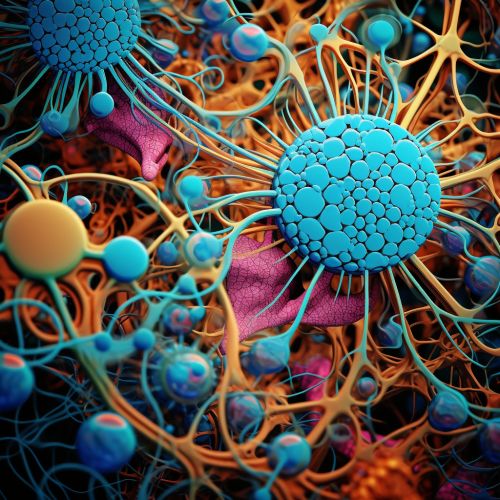
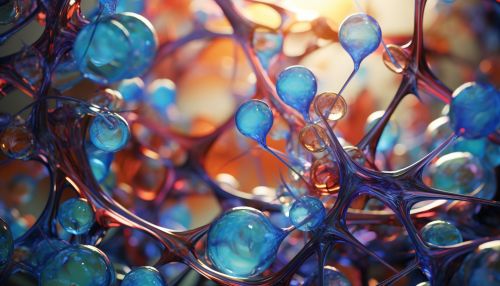
Krebs Cycle
The Krebs cycle, also known as the citric acid cycle or the tricarboxylic acid cycle, is a series of chemical reactions used by all aerobic organisms to release stored energy through the oxidation of acetyl-CoA derived from carbohydrates, fats, and proteins, into ATP and carbon dioxide.
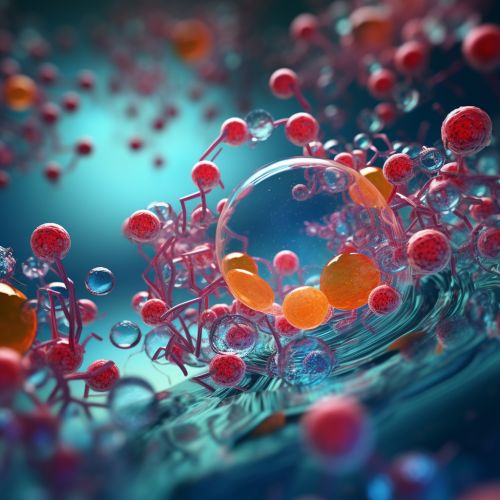
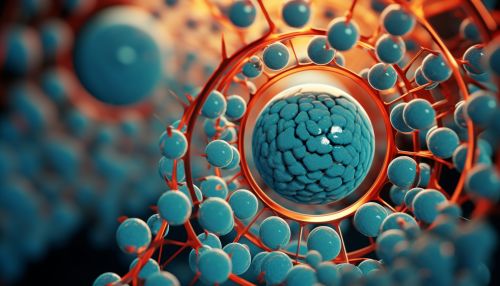
Electron Transport Chain
The electron transport chain is a series of complexes that transfer electrons from electron donors to electron acceptors via redox reactions, and couples this electron transfer with the transfer of protons (H+ ions) across a membrane.
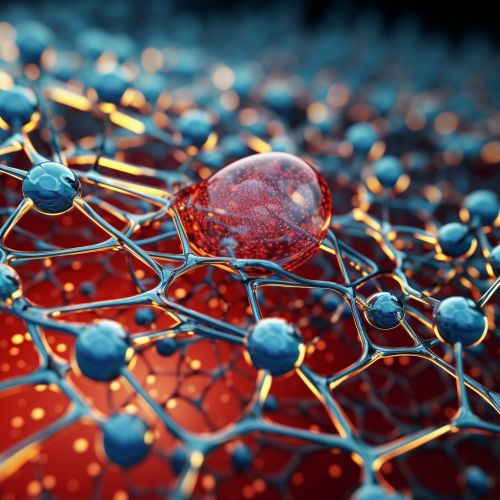
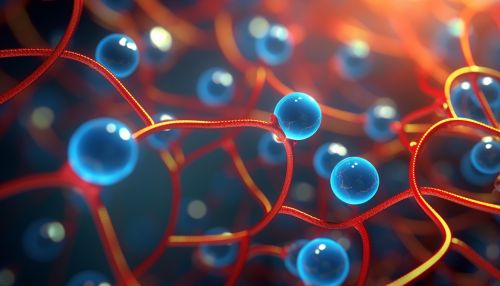
Regulation of Cellular Respiration
The regulation of cellular respiration involves various mechanisms that increase or decrease the production of ATP, depending on the energy needs of the cell. The control of cellular respiration involves the regulation of specific enzymes involved in glycolysis, the Krebs cycle, and the electron transport chain.
Significance of Cellular Respiration
Cellular respiration is crucial for the survival of individual organisms and species as a whole. It provides the energy necessary for the various processes active in a cell, from the synthesis of proteins to the transport of molecules from one region to another. It also plays a significant role in the balance of carbon in the atmosphere, as the carbon dioxide produced by cellular respiration is used by plants and algae during photosynthesis.
